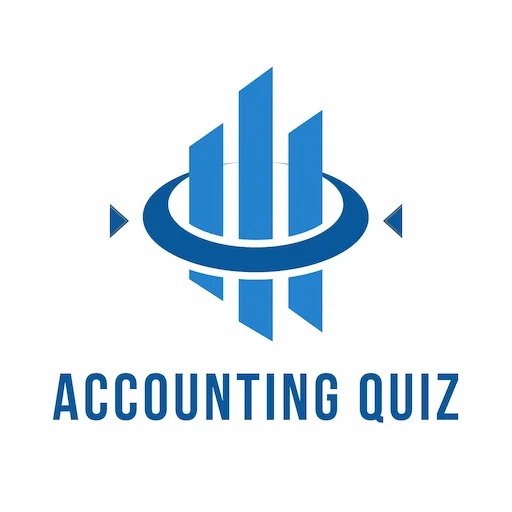Floating Rate Notes
Some bonds pay periodic interest that depends on a current market rate of interest. These bonds are called floating rate notes (FRN) or floaters. The market rate of interest is called the market reference rate (MRR), and an FRN promises to pay the reference rate plus some interest margin. This added margin is typically expressed in basis points, which are hundredths of 1%. A 120 basis point margin is equivalent to 1.2%.
As an example, consider a floating rate note that pays the London Interbank Offered Rate (LIBOR) plus a margin of 0.75% (75 basis points) annually. If 1-year LIBOR is 2.3% at the beginning of the year, the bond will pay 2.3% + 0.75% = 3.05% of its par value at the end of the year. The new 1-year rate at that time will determine the rate of interest paid at the end of the next year. Most floaters pay quarterly and are based on a quarterly (90-day) reference rate.
A floating rate note may have a cap, which benefits the issuer by placing a limit on how high the coupon rate can rise. Often, FRNs with caps also have a floor, which benefits the bondholder by placing a minimum on the coupon rate (regardless of how low the reference rate falls). An inverse floater has a coupon rate that increases when the reference rate decreases and decreases when the reference rate increases.
